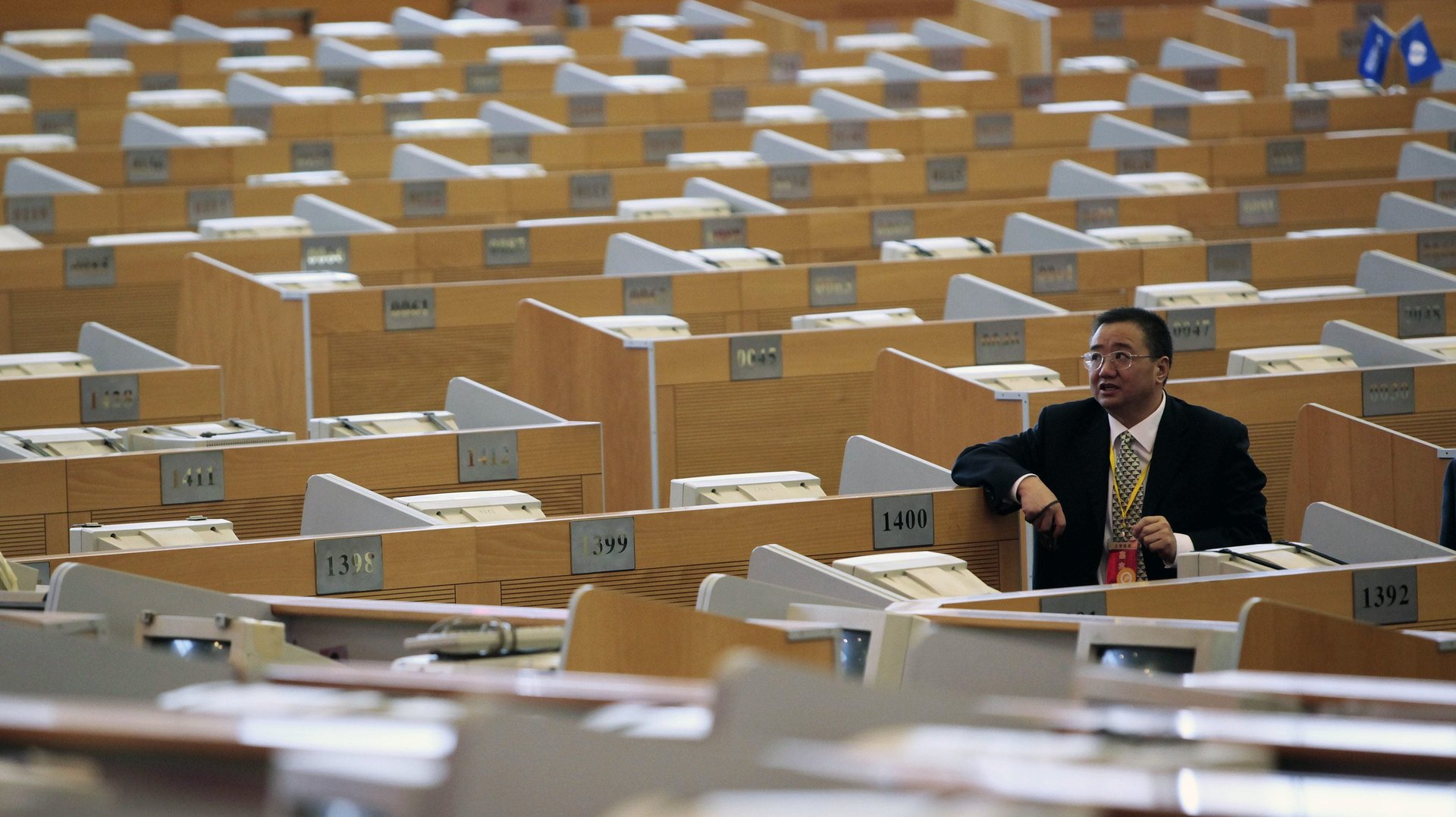Five ways the increasingly mobile workforce is transforming office design
The modern workforce is changing, with all signs pointing toward a future of remote workers and a level of flexibility never before seen in traditional offices. In fact, 68% of workers surveyed by PwC say they expect their work futures to include flexible hours and working remotely on scheduled days.


The modern workforce is changing, with all signs pointing toward a future of remote workers and a level of flexibility never before seen in traditional offices. In fact, 68% of workers surveyed by PwC say they expect their work futures to include flexible hours and working remotely on scheduled days.
This new workforce will transform not only the atmosphere in work environments, but the physical workspaces themselves. With fewer employees coming into the office, some workers popping in and out throughout the week, and employers who are beginning to offer more flexible environments within the office, the modern workplace will transform accordingly.
Here are five ways that the increasingly remote and mobile workforce will create entirely new standards for office design.
1. Designated desks are no longer the norm
The days of cubicles and assigned desk stations are finally coming to an end. As more office employees start working from home full-time or only come into work on certain days of the week, it no longer makes sense for employers to keep individual, assigned desks around for everyone.
Instead, the office infrastructure is transforming to include more collaborative workspaces and unassigned seating in order to better serve employees who float in and out of the office. In this way, employees can find the spot that best suits them on a given day, while employers can save money on space and resources. It’s also becoming more common to see multiple clusters of desks or tables for different teams in order to promote unity and collaboration amongst them.
2. Incorporating more breakout spaces and lounge areas
While some people tend to work more productively in a traditional desk-and-chair layout, others feel better when they’re working from a sofa or bean-bag chair. That’s why offices are creating a new mixture of furniture zones that offer both laid-back and traditional seating options. This could range from collaborative tables for those who want to work in a more relaxed manner and socialize with co-workers, to soundproofed spaces or office pods for those who prefer to work alone or in silence.
Workplaces are also starting to take advantage of wellness initiatives to attract and retain their employees, such as the WELL Building Standard Certification, a relatively new program promoting office design that improves employees’ mental and physical health. Many offices now include “green” areas that bring the feeling of nature indoors, and wellness rooms where members can meditate, practice yoga, or engage in any activity that lets them take a break from sitting at their desks. These initiatives, combined with more relaxed furnishings, are creating drastic changes to the aesthetic of the modern office.
3. Building smaller conference rooms
Traditional board rooms and conference rooms with tables big enough to host 20 people are another casualty of the remote workforce movement. Instead, smaller conference rooms that simply fit four to six people and a media center are quickly becoming the new norm for office meeting environments.
In this new mobile climate, many employees are starting to come into the physical office solely for face-to-face meetings with co-workers or to bring in vendors and clients for presentations. This means that employees are specifically coming into the office for access to these meeting rooms, and offices should be sizing those spaces accordingly.
4. Technology that cuts the bind between office and home
When offices have more employees working from home — or even from other countries — it’s critical to have the proper technology to connect people together easily.
To do this, offices are using VoIP phones, which make phone calls through the internet rather than regular landlines, to help employees around the world appear as though they’re calling from the office. Making sure that all employees are on the same page when it comes to their tasks and team projects means meeting people where they are, whether it’s at the office, the home, or in a café, potentially anywhere on the planet.
5. Smaller offices, smaller carbon footprint
There are huge bonuses, both financially and environmentally, to offices employing more remote workers. For employers, less people in the office equals less needed space—meaning they can save huge amounts of money by renting or building smaller office spaces, and by using less energy and water, lowering their utility bills.
For employees, the ability to work remotely means an erased commute, which in turn will reduce air pollution and help create a smaller carbon footprint. Of course, these changes won’t happen overnight. But as more companies begin to accept the idea of using a remote workforce, the corporate sector, just like its workers, will certainly see new benefits.
Andy Oziemblo is the CEO and founder of Cubicle Concepts, an office furniture and interior design firm.